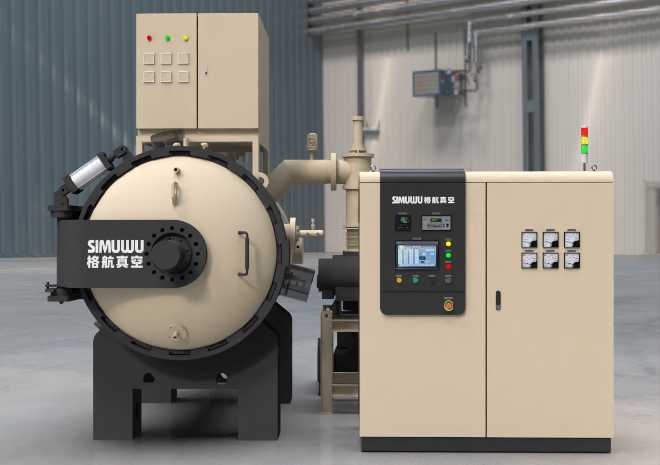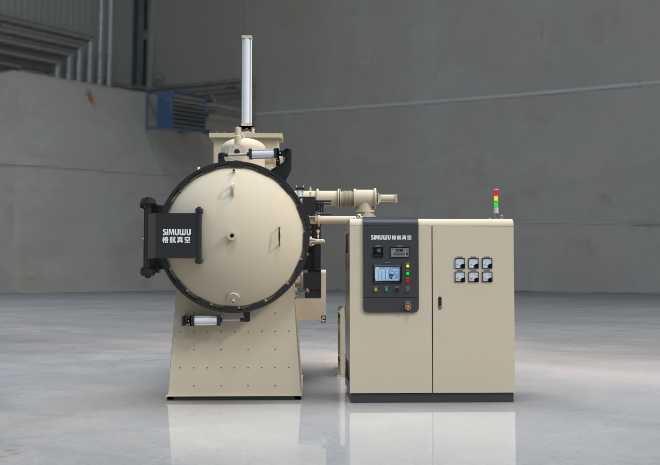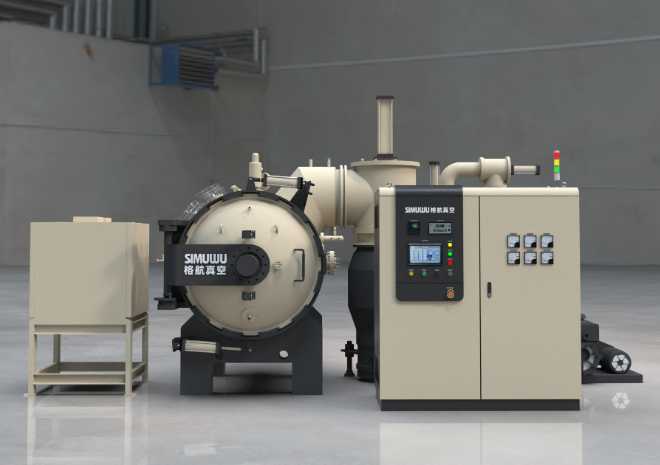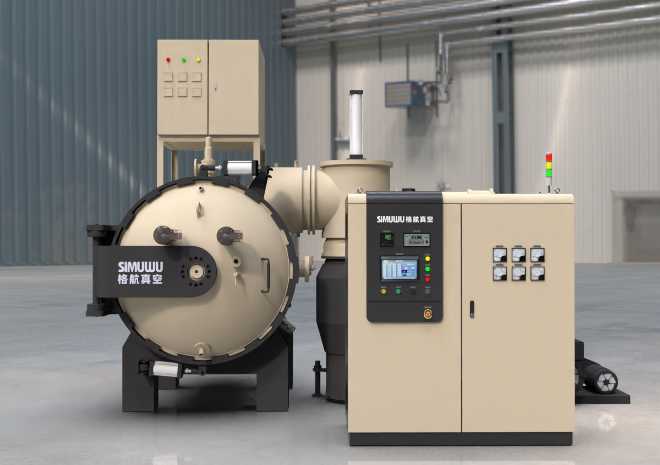What Are the Core Components of a Vacuum Furnace
A vacuum furnace is an integrated system composed of various subsystems that work together to provide controlled heating, cooling, and atmospheric conditions. Each component plays a vital role in process consistency and equipment longevity.

Major Components of a Vacuum Furnace:
Furnace Chamber & Insulation:
Made from stainless or carbon steel, the vacuum chamber includes multilayer insulation (graphite felt, ceramic fiber) to retain heat and reduce power consumption.
Heating Elements:
Common materials include molybdenum, tungsten, or graphite. They are configured to provide uniform radiant heat in the vacuum chamber.
Vacuum Pumping System:
Includes primary mechanical pumps, Roots pumps, and high-vacuum diffusion or turbomolecular pumps. These work in stages to reduce pressure from atmospheric to ultra-high vacuum.
PLC + HMI Control System:
Enables real-time control and data logging for temperature, vacuum level, gas flow, and timing. Essential for recipe automation and traceability.
Cooling System:
Closed-loop water cooling systems maintain safe operation and support rapid gas cooling cycles.
Gas Handling System:
Introduces protective or reactive gases like argon or nitrogen for atmosphere control or rapid cooling.
Understanding these core vacuum furnace components helps operators improve maintenance efficiency and optimize heat treatment performance.



